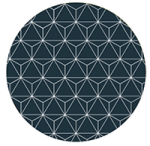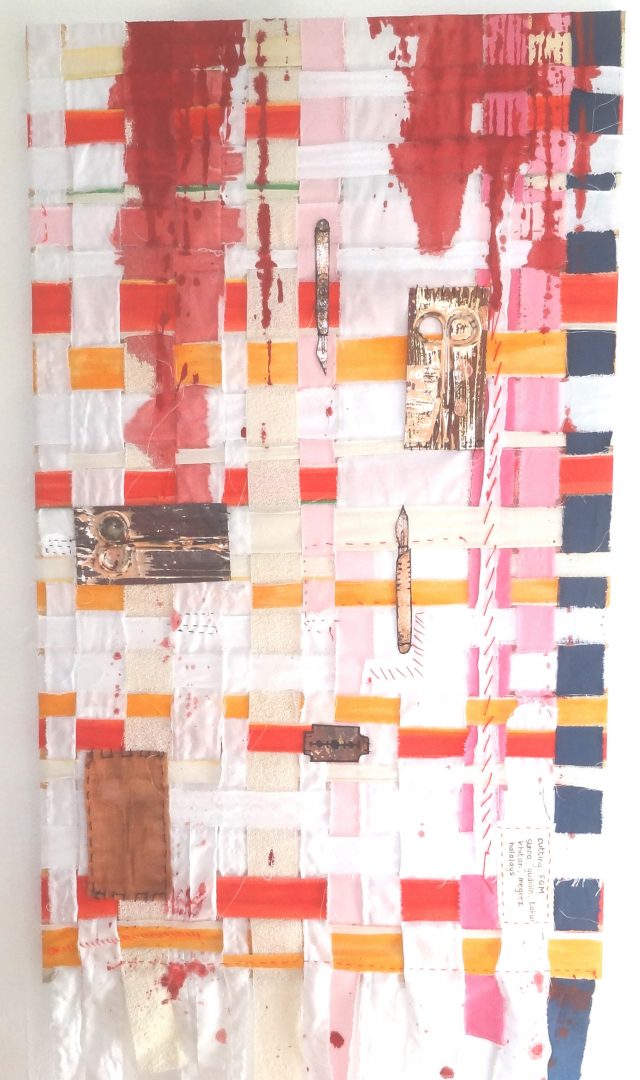The Open Call for the Social Art Award 2019 under the topic “We are the People – Peaceful Revolutions” was closed on December 15, 2019. We are very impressed by 558 submissions that were contributed by artists coming from 65 countries across all continents.
The winners of The Social Art Award 2019 are Narcissa Gold (USA), Melinda Mouzannar (Lebanon) and Bogna Grazyna Jaroslawski (Poland/Germany). The Honorary Mention goes to Kingson Kin Sing Chan (Hong Kong/UK).
Below you find the artworks, that passed the initial jury round. The public voting took place till 30 December and is a tool to give more public visibility to the topic and the artworks. It does not replace the final jury judgment. There were two wildcards for the most voted artworks that entered the final shortlist.
The focus diversity of applications shows that artists are active in the multi-faceted fields of socially engaged art reflecting on wars, genocides, femicides, traumata, violence against refugees, children, women, men, disabled people, LGBTIQs, animals. They share feelings for the planet and its living species, but also showing hopelessness due to complex crises be it climate change (e.g. in regard to water pollution), capitalism, corruption, a violation against human rights, nature, protected national parks. Many of the artists are constantly trying to give a voice to the poorest or empower unheard social groups.
It’s not only about peaceful revolutions, but it’s also about feeling a deep connection and showing love and respect for each other.
Thank you all for sharing your great and inspirational work and look at all the great contributions!
The Cut
Mary Rouncefield
open category
The Cut is a piece made to highlight the issue of cutting or FGM (female genital mutilation). This practice while illegal in many countries, is still carried out clandestinely in some, and openly in others. It is very difficult to eradicate as it is woven in to the beliefs, customs and social fabric of many cultures and bandages and strips of fabric are woven into the piece to show this. Cutting instruments are represented in copper foil and mesh. A section of text lists the names used for cutting in a range of countries throughout the world. This is a textile piece which incorporates bandages stitch and representations of metal cutting tools made from copper and vitreous enamel. 55cm x110 cm How can art catalyze change?: FGM is now illegal in many countries including UK and USA. The pressure of public opinion in these countries has meant thet an increasing number of countries in Africa and Asia are introducing legislation too.
The Cut is a piece made to highlight the issue of cutting or FGM (female genital mutilation). This practice while illegal in many countries, is still carried out clandestinely in some, and openly in others. It is very difficult to eradicate as it is woven in to the beliefs, customs and social fabric of many cultures and bandages and strips of fabric are woven into the piece to show this. Cutting instruments are represented in copper foil and mesh. A section of text lists the names used for cutting in a range of countries throughout the world. This is a textile piece which incorporates bandages stitch and representations of metal cutting tools made from copper and vitreous enamel. 55cm x110 cm How can art catalyze change?: FGM is now illegal in many countries including UK and USA. The pressure of public opinion in these countries has meant thet an increasing number of countries in Africa and Asia are introducing legislation too.



